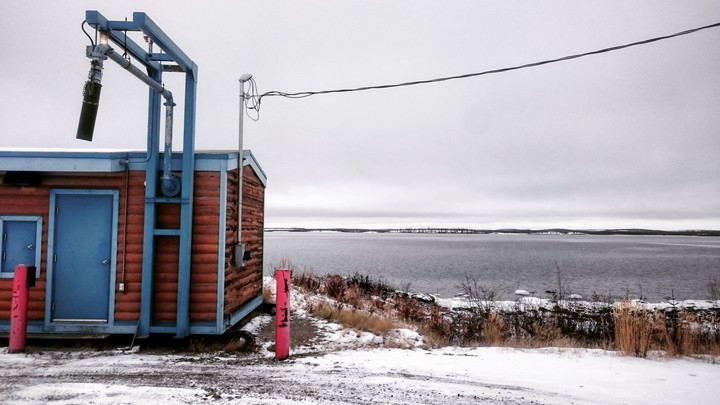Disinfection By-Products and Dissolved Organic Matter
 Wekweeti Water Treatment Plant
Wekweeti Water Treatment Plant
The amount and composition of dissolved organic matter (DOM) in Canada’s arctic and sub-arctic surface waters is expected to change as the North becomes warmer, precipitation events change, and permafrost degrades. This has consequences for drinking water quality, as organic matter is known to react with chlorine (a common water treatment disinfectant) to form dangerous disinfection by-products (DBP). As part of Northern Water Futures, this research uses field collection and laboratory experiments to quantify how DOM varies in different surface waters across sub-arctic Northwest Territories, Canada, and how differences in DOM quantity and quality influence chlorine addition and DBP formation. Understanding the relationship between DOM and DBP will allow for better predicitions to source water quality and treatment options under a changing climate.